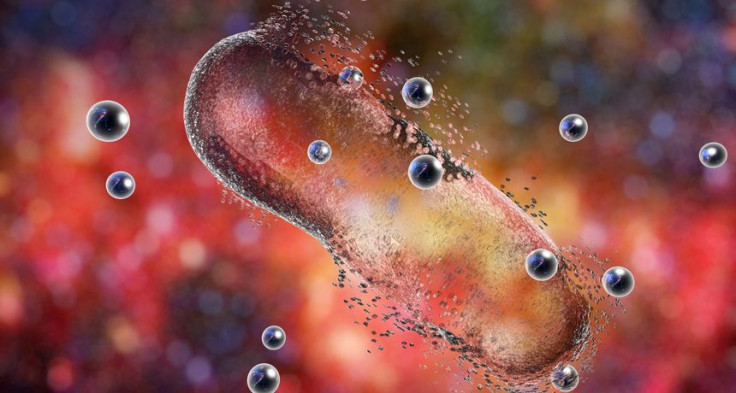Superoxide For Superbugs: Scientists Create Nanoparticles That Help Antibiotics Kill Drug-Resistant Bacteria

Imagine a small nanobot injected into your bloodstream that travels through organs, identifies dead or dying cells, and eliminates them, effectively curing a disease. Does that sound too far-fetched? Researchers have recently taken significant steps in implementing nanoscience in medicine.
The scientists from the University of Colorado, Boulder, have engineered nanoparticles, which can produce chemicals that make drug-resistant bacteria more susceptible to antibiotics, shortening the length of treatment. These bots are fundamentally quantum dots, which are capable of producing a chemical that makes the pathogen more reactive to the tried and tested antibiotics.
This study, published in the journal, Science Advances, could help combat superbugs that tend not to respond to a standard antibiotic treatment, increasing the treatment time and severity of methods of treatment.
Quantum dots were already seen as a future tool in medical research, diagnosis, and treatment. They were being developed as a tool to trace the location of diseases in the body for a more targeted medicating approach. They have also been used to make microscopic cameras to go into the body and send back high-resolution images of organs and organ systems to help doctors test faster and with more accuracy.
These quantum dots are just very small pieces of cadmium telluride. They are about 3 nanometers across, and as wide as a single strand of DNA.
In the study, the researchers used quantum dots, which when illuminated by a specific frequency of green light, cause the nanoparticle’s electrons to break off and merge with nearby oxygen molecules present throughout the human body. This material — termed as 'superoxide' — is absorbed readily by bacteria. When a bacteria absorbs this superoxide, the internal chemistry is thrown off-balance. This makes it very vulnerable to antibiotics.
According to Anushree Chatterjee, co-author of the study, the pathogen loses its ability to fight against the antibiotic. This speeds up the treatment, and there are no adverse effects on our body because these superoxide cells get absorbed by the bacteria, and then, they are destroyed by the antibiotic.
The team used various concentrations of quantum dots with five different antibiotics. Diseases like Salmonella and methicillin-resistant Staphylococcus aureus, or MRSA, were targeted. This quantum dot antibiotic concoction was then used to treat the infections. Results showed that more than 75 percent of the people required lesser medicine to kill the bacteria with the help of quantum dots.
Right now, the only limitation for these quantum dots is the notification mechanism. The green light, which indicates the release of the chemical in the cell, can only travel through a little bit of flesh. When sent into deep organs, the scientists could not get any feedback response, making this device troublesome. However, giving the nanoparticles an efficient communication medium will ensure that surgeons or doctors are always in control and the quantum dots are not lost in the body.
The researchers are now taking this project further and designing nanoparticles that absorb infrared light and can pass through the body. “That could be really effective in deep tissue and bone infections,” Nagpal said.
© Copyright IBTimes 2024. All rights reserved.





















